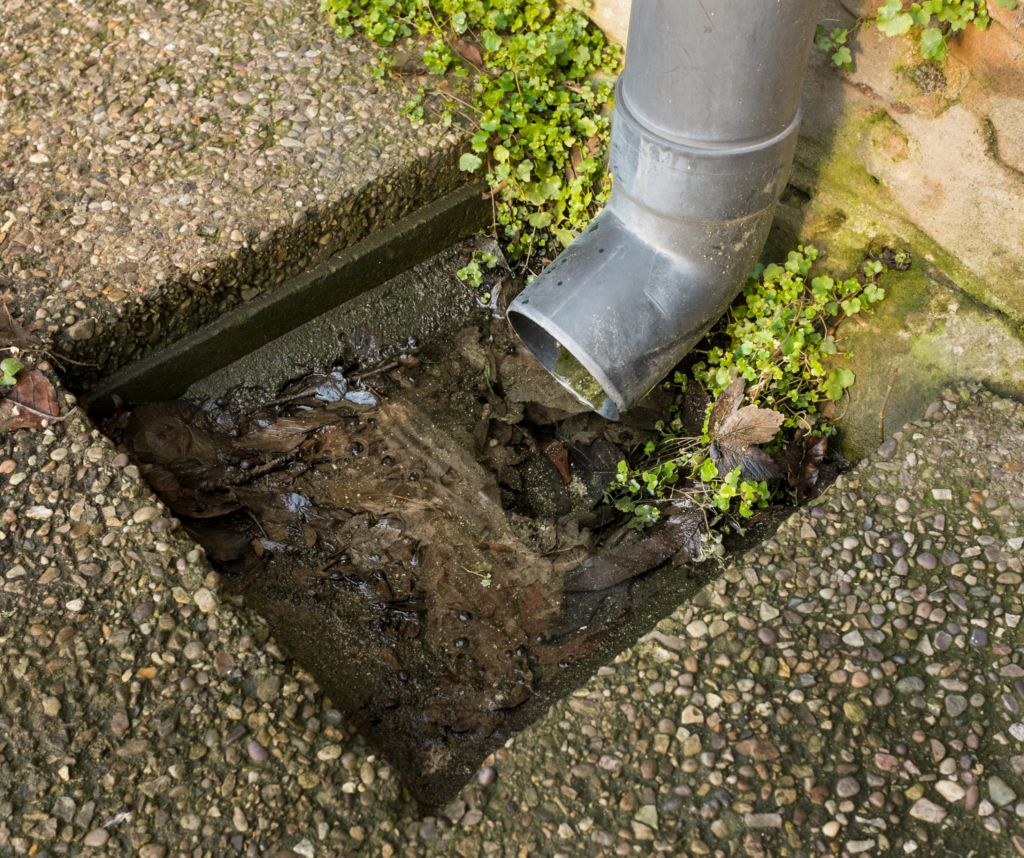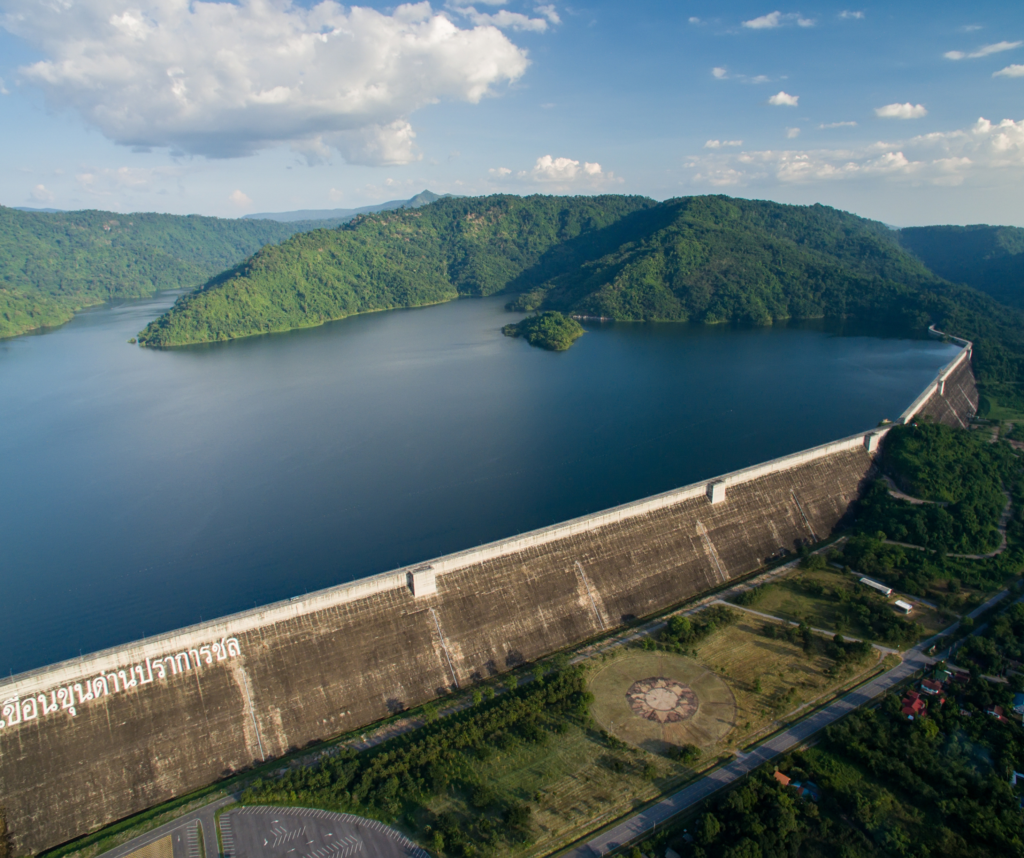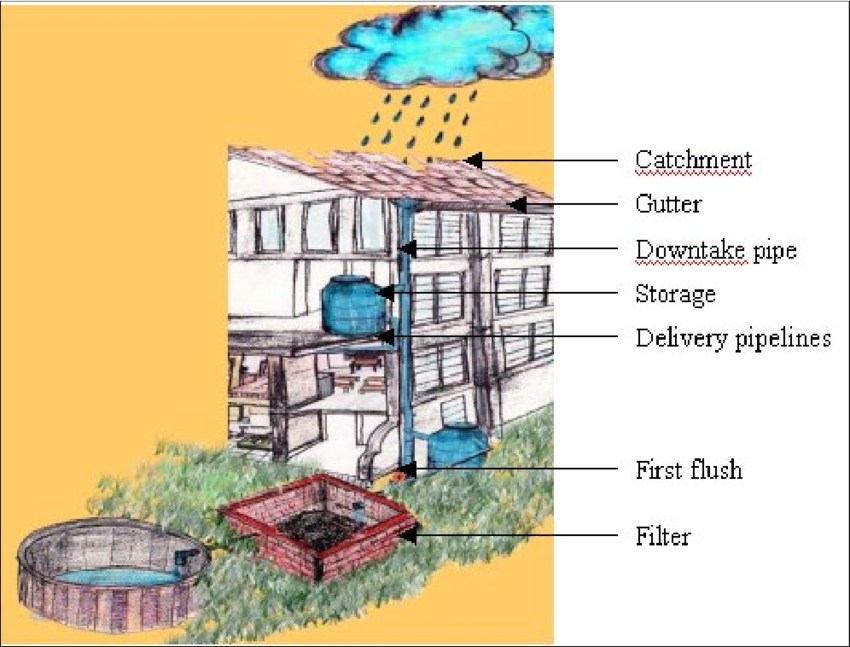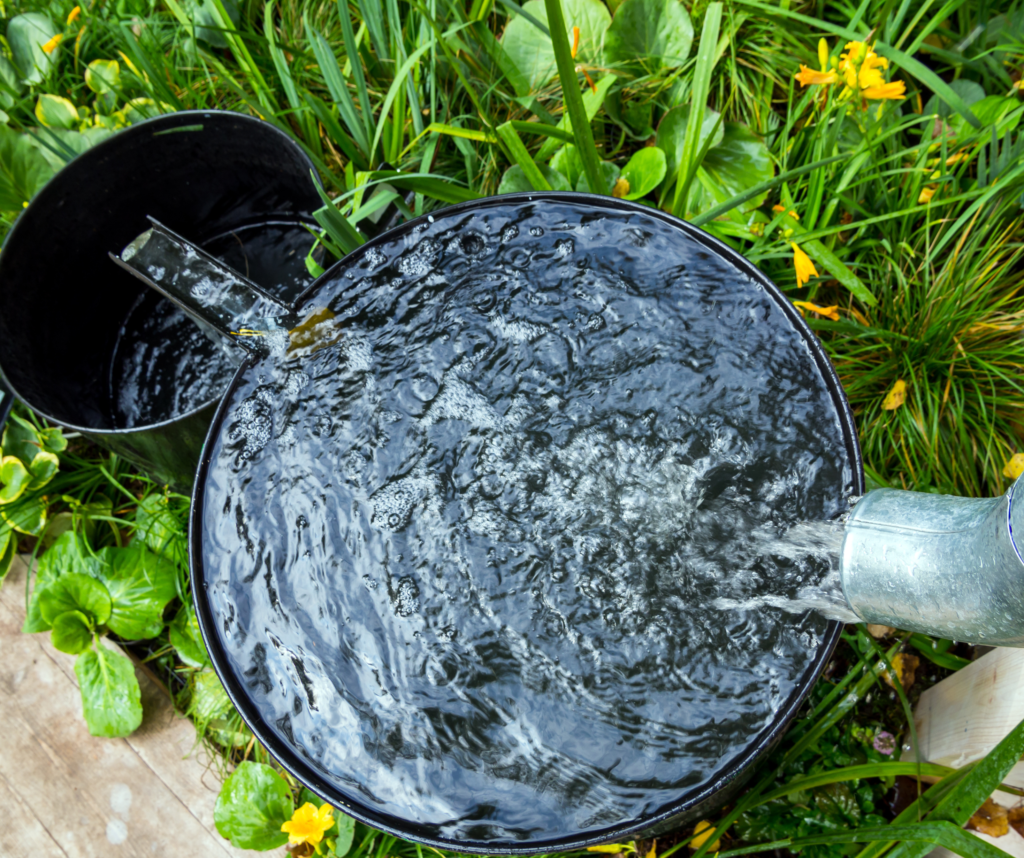To begin with, rainwater harvesting is collecting, diverting and storing rainwater for future use. This concept became famous in the past due to the water crisis in most parts of the world. It is of great importance as it allows us to save water to reduce sustenance on freshwater sources. Consequently, this conserved water will be used for agriculture, industrial work, domestic use, etc. This blog will shed light on what rainwater harvesting is, its types, its components and its importance.
Rainwater Harvesting
Rainwater harvesting is the concept of collecting and storing rainwater for future use. There are different ways to capture rainwater from rooftops, land surfaces, etc., in tanks, cisterns or any container. The conserved water can be for different purposes like agriculture, watering gardens and even drinking after proper treatment. Furthermore, rainwater harvesting drinking water is another very prominent avenue as the per capita water is decreasing. Hence, rainwater harvesting is the need of the hour due to climate change.
Types of Rainwater Harvesting Systems
There are several rainwater harvesting techniques, each with its unique advantages and disadvantages.
1. Surface Runoff Harvesting
Harvesting Surface runoff harvesting technology is one of the simplest forms of rainwater harvesting. It involves collecting rainwater from surfaces like rooftops, paved areas, and roads. The water collected is then directed to a storage tank for later use. Thus, surface runoff harvesting is commonly used in urban areas, where there is limited space for other types of rainwater harvesting systems.

2. Rooftop Rainwater Harvesting
Rooftop rainwater harvesting technology involves collecting rainwater from rooftops and storing it in a storage tank. This type of rainwater harvesting system is easy to install and is commonly used in both urban and rural areas. Hence, rooftop rainwater harvesting systems can be used for various purposes, such as watering plants, flushing toilets, and washing clothes.
3. In-Ground Rainwater Harvesting
In-ground rainwater harvesting technology involves collecting rainwater in an underground tank. This type of system is commonly used in areas where there is limited space for above-ground tanks. So, underground rainwater harvesting tank systems are also beneficial in areas with high temperatures, as the water is stored underground, which helps to keep it cool.

4. Above-Ground Rainwater Harvesting
Harvesting Above-ground rainwater harvesting technology involves collecting rainwater in a tank that is placed above ground. This type of system is commonly used in rural areas, where there is plenty of space for a large storage tank. Furthermore, above-ground rainwater harvesting systems are also easy to install and maintain.
5. Flooded Fields Harvesting
Flooded field harvesting technology is a traditional method of rainwater harvesting that involves collecting rainwater in flooded fields. This method is commonly used in agricultural areas, where the collected water can be used for irrigation purposes. Flooded field harvesting can also help to recharge groundwater levels in the area.

6. Check Dam Harvesting
Check dam harvesting technology involves constructing a check dam in a stream or river to collect rainwater. The collected water is then directed to a storage tank for later use. This type of rainwater harvesting system is commonly used in hilly and mountainous areas, where there are streams and rivers.

7. Percolation Pits Harvesting
Percolation pit harvesting technology involves constructing pits in the ground to collect rainwater. The collected water percolates into the ground, where it can recharge the groundwater levels. Hence, this type of rainwater harvesting system is commonly used in areas with high groundwater levels.
8. Green Roof Harvesting
Green roof harvesting technology involves collecting rainwater on a green roof. A green roof is a roof that is covered with vegetation. The collected rainwater is then used for irrigation purposes. Hence, green roof harvesting is commonly used in urban areas, where there is limited space for other types of rainwater harvesting systems.

9. Stormwater Harvesting
Stormwater harvesting technology involves collecting rainwater from stormwater drains and storing it for later use. This type of rainwater harvesting system is commonly used in urban areas, where there are many stormwater drains. Consequently, stormwater harvesting can help to reduce the load on the drainage system during heavy rainfall.
10. Modular Rainwater Harvesting
Modular rainwater harvesting technology involves using modular tanks to collect rainwater. These tanks can be easily connected and disconnected, making them easy to install and maintain. Thus, modular rainwater harvesting is commonly used in areas where space is limited, and above-ground tanks are not practical.
Components of a Rainwater Harvesting System
| Components of Rainwater Harvesting System | Description |
| Catchment Surface | It is basically the surface on which the rainwater falls and is collected. These surfaces mostly exist on rooftops, parking lots, etc. The surface should be non- toxic and non-corrosive. |
| Gutters and Downspouts | They collect the rainwater from the catchment surface and transport it to storage tanks. |
| Leaf and Debris Filter | It is basically the surface on which the rainwater falls and is collected. These surfaces mostly exist on rooftops, parking lots, etc. The surface should be non-toxic and non-corrosive. |
| Storage Tank | These tanks store the rainwater. These tanks can be of any material and size, depending upon the requirement. |
| Overflow System | This system prevents water from overflowing from the storage tanks. It basically diverts the water. |
| Pumping System | This system is used to pump water from the storage tanks to the taps for use. |
| Treatment System | If the harvested rainwater is to be used for drinking purposes, it should be treated to remove any impurities and contaminants. The treatment system can include various processes like sedimentation, filtration, disinfection, and pH adjustment. |
| Distribution System | It is the network of pipes and fittings that transport the harvested rainwater from the storage tank to the point of use. |
| Monitoring System | This system ensures the proper functioning of the rainwater harvesting system. It can include various sensors like water level sensors, flow meters, and pressure gauges that provide real-time information. |
| Maintenance System | This system ensures the longevity and optimal performance of the rainwater harvesting system. It includes regular cleaning of the catchment surface, gutters, and downspouts, cleaning of the leaf and debris filter, and periodic inspection of the storage tank, pumps, and treatment system. |

Importance of Rainwater Harvesting
Some of the most prominent points that show the rainwater harvesting importance are;
- Water Conservation: Rainwater harvesting can help to conserve water by reducing the reliance on freshwater sources. It can help to supplement the water supply for domestic, agricultural, and industrial purposes.
- Cost-effective: Harvested rainwater is free, and the initial setup cost for harvesting systems is relatively low compared to the cost of purchasing water from utilities.
- Environmentally Friendly: Rainwater harvesting can help to reduce the strain on freshwater sources, reduce the burden on sewage and wastewater treatment plants, and help to mitigate erosion and flooding.
- Improved Water Quality: Harvested rainwater is relatively pure compared to other sources of water, as it has not come into contact with the ground or been treated with chemicals.
- Versatile Use: Harvested rainwater can be used for a variety of purposes such as irrigation, washing, cleaning, and flushing toilets.
Conclusion
Consequently, rainwater harvesting is the need of the hour due to the unprecedented climate change. Rainwater harvesting can be done by opting for different types, some of which are mentioned above. The engineer must design the system as per the requirements. In addition, rainwater harvesting consists of many components. Thus, the importance of rainwater harvesting sheds light on the need for this concept.





